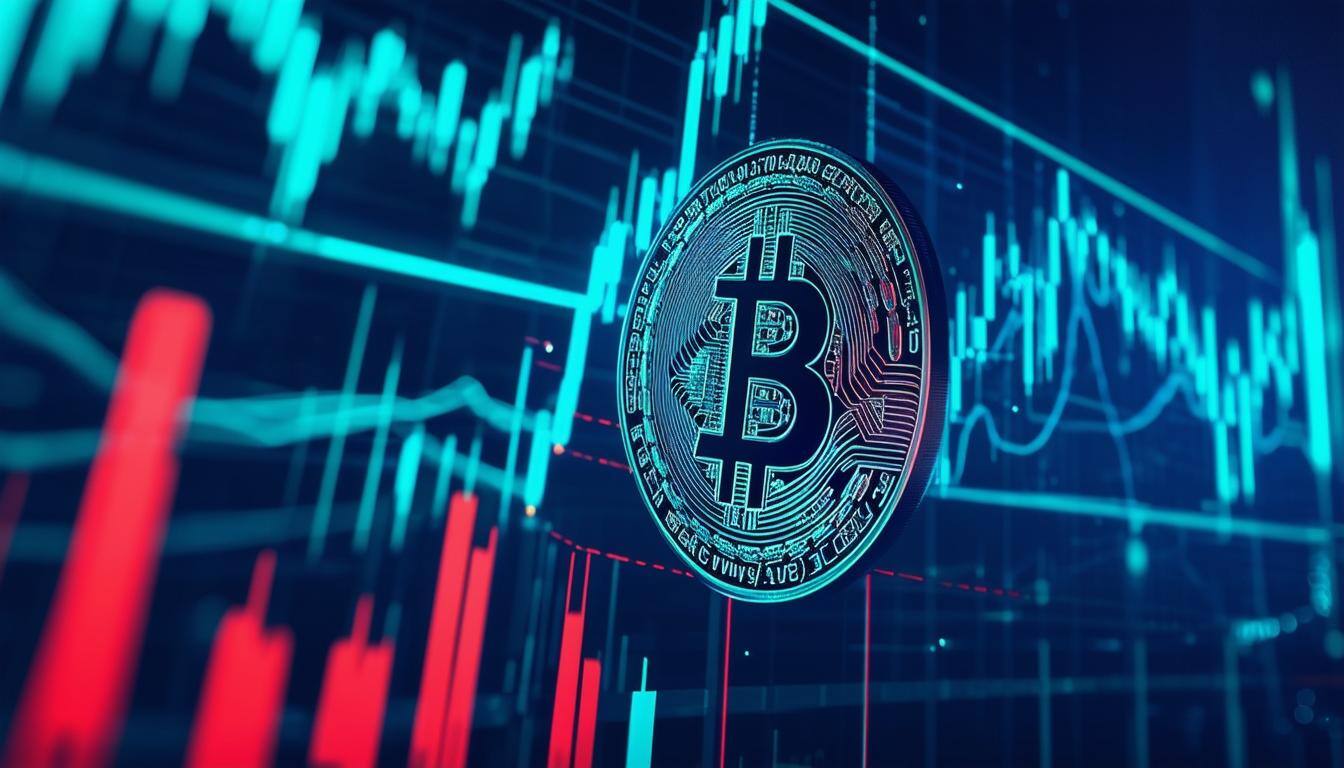
The digital assets industry and financial markets were shaken by the overnight collapse of the world’s second-largest crypto exchange, FTX, in November 2022. After a loss of billions of dollars in value, the full effect of the crisis is still to be felt across the cryptocurrency market, particularly in Asia, with firms and investors alike now questioning what the future holds for digital assets in the region.
We explore what the collapse of FTX means for the Asia-Pacific digital asset market, how firms can avoid similar outcomes by improving their risk management, and what digital asset trends are worth keeping in mind in 2023 and beyond.
The impact of the FTX scandal on digital assets in Asia
The FTX scandal, which involved the exchange being accused of market manipulation, has had some short-term impacts on the digital asset industry in Asia already. For example, in Hong Kong, the AAX crypto exchange shut down as a result of the FTX scandal, and in Singapore, the state-owned investment fund, Temasek, wrote off the entirety of its $275 million investment in the exchange.
Despite the ripple effect of the FTX crisis experienced across the region, there has been significant growth in the digital assets industry in Asia in recent years. But whether this growth will continue in the face of a tumultuous digital asset industry depends on whether the industry can overcome its current challenges.
Regulatory frameworks around digital assets are still developing in many Asian countries, with now-heightened concerns around security, liquidity, and market manipulation. That said, many factors could contribute to Asia becoming a future central hub for digital assets. Asia has a large and growing pool of tech talent, and many countries are actively investing in blockchain and other digital asset technologies. The region's large and rapidly growing middle class could soon provide a significant digital asset product and service market.
Despite the industry challenges, Asia is ripe with an opportunity regarding digital assets – if exchanges and platforms can avoid the same fate suffered by FTX.
So, how can companies become more resilient to risk?
Considering that the collapse of FTX brings into question the degree of transparency and risk management in the digital assets industry, there are a few steps crypto firms can take to mitigate their risk and capitalise on opportunities in regions like Asia – even without the guardrails of regulatory regimes.
Firms can become more resilient by taking a strategic approach to risk management that includes strong business and market perspectives, interdisciplinary thinking, and a risk-focused mindset. This approach involves identifying a company’s natural strengths and weaknesses, actively improving risk culture, and integrating resilience into strategy processes.
From this position, firms can proactively plan to mitigate potential risks and establish elasticity to respond to threats quickly and effectively. It’s also important that firms keep on top of regulatory changes and seize market opportunities due to digital asset regulatory landscape developments.
Where is the digital assets industry headed in 2023?
Looking ahead to the rest of 2023 and beyond, several trends in the digital assets space are worth keeping an eye on. Here are five trends digital asset firms can save on their radars as they improve their risk management efforts and seek out opportunities for growth in Asia.
Underdeveloped markets will see accelerated digital asset adoption
Underdeveloped markets are currently seeing an unprecedented rate of adoption of digital assets. Typically characterised by limited access to traditional financial services, these markets turn to digital assets to overcome financial inclusion challenges. The proliferation of smartphones and internet connectivity has enabled individuals in underdeveloped markets to access digital asset platforms, allowing them to participate in previously inaccessible financial systems.
The growing awareness of the benefits of digital assets, such as lower transaction costs, increased security, and faster cross-border remittances, fuels this trend. As a result, underdeveloped markets are experiencing a digital asset revolution. Cryptocurrencies, blockchain-based solutions, and decentralised finance (DeFi) are gaining widespread adoption, giving individuals financial autonomy and driving economic growth in these emerging markets.
Concrete utility projects will drive sustained digital asset adoption
Referring to blockchain-based initiatives that provide practical and tangible solutions to real-world problems, concrete utility projects are expected to be a key driver of digital asset adoption in 2023. These projects demonstrate the practical applications and value of digital assets, showcasing the actual utility of blockchain technology to address issues like remittances, supply chain management, identity verification, etc.
As more projects are developed and implemented, they will likely gain widespread adoption because they provide transparent, efficient, and secure solutions to existing challenges. This increased adoption of digital assets for practical use cases will, in turn, drive sustained demand for these assets, creating a positive feedback loop that further promotes their adoption in various industries, ultimately leading to the mainstream adoption of digital assets as a viable alternative to traditional financial systems.
NFTs will see the physical and digital worlds converge
In 2023, the convergence of the material and digital worlds is expected to be increasingly prominent in non-fungible tokens (NFTs). NFTs have gained significant attention in recent years. They are not limited to digital art or collectables but extend to physical assets such as real estate, luxury goods, and intellectual property rights.
NFTs enable the digital representation of ownership, origin, and transfer of physical assets transparently and securely. For example, NFTs can be used to verify the authenticity of goods, track the origin of products, or enable fractional real estate ownership. This convergence of the physical and digital worlds through NFTs opens up new opportunities for ownership, commerce, and investment, bridging the gap between the digital and physical realms and reshaping how we perceive and interact with digital assets.
Tokenisation will transform financial markets
In 2023, tokenisation is anticipated to transform financial markets by revolutionising how assets are bought, sold, and traded. Tokenisation refers to converting real-world assets into digital tokens that can be stored, transferred, and switched on blockchain networks. This allows for increased liquidity and access to a broader range of investors.
Tokenisation can potentially democratise investing, enabling fractional ownership of traditionally illiquid assets and allowing investors to diversify their portfolios. It can also reduce transaction costs, streamline processes, and enhance transparency through decentralised platforms. As such, financial markets will likely see increased efficiency, liquidity, and innovation as tokenisation unlocks new opportunities for asset ownership, investment, and liquidity generation.
The rise of CBDCs and stablecoins
Central Bank Digital Currencies (CBDCs) and stablecoins are expected to impact the global financial landscape in 2023 significantly. CBDCs are digital representations of fiat currency issued and regulated by a country’s central bank. At the same time, stablecoins are digital assets pegged to the value of a specific asset, such as a fiat currency or commodity, to maintain stability.
CBDCs and stablecoins offer numerous advantages, including faster and cheaper cross-border transactions, increased financial inclusion, and reduced reliance on intermediaries. CBDCs, in particular, have gained momentum as central banks worldwide explore their potential impact on monetary policy and financial stability. Meanwhile, stablecoins have become a popular form of digital currency used in DeFi applications, providing a stable medium of exchange within the rapidly growing blockchain ecosystem.
As governments, central banks, and regulatory bodies navigate the evolving landscape of CBDCs and stablecoins, their widespread adoption is expected to shape the future of money and payments systems, with far-reaching implications for the global economy.
Summary
Although crises like the FTX collapse have far-reaching effects on the digital assets industry, the future of digital assets is bright, especially in Asia. By heeding the lessons of such industry events, proactively managing their risk, and paying attention to prominent industry trends, digital asset firms will see sustained growth in the long term as the industry and its corresponding regulations continue to establish themselves.
At BSO, we offer network and connectivity solutions for the digital asset industry of tomorrow. We connect exchanges and financial markets through our unrivalled global network infrastructure, making regions like Asia more accessible and actionable. Our durable and resilient service offering ensures effective risk mitigation and management.
Discover how BSO’s solutions can help your firm harness new markets and opportunities, or get in touch with our expert team of engineers for more information.
ABOUT BSO
The company was founded in 2004 and serves the world’s largest financial institutions. BSO is a global pioneering infrastructure and connectivity provider, helping over 600 data-intensive businesses across diverse markets, including financial services, technology, energy, e-commerce, media and others. BSO owns and provides mission-critical infrastructure, including network connectivity, cloud solutions, managed services and hosting, that are specific and dedicated to each customer served.
The company’s network comprises 240+ PoPs across 33 markets, 50+ cloud on-ramps, is integrated with all major public cloud providers and connects to 75+ on-net internet exchanges and 30+ stock exchanges. The team of experts works closely with customers in order to create solutions that meet the detailed and specific needs of their business, providing the latency, resilience and security they need regardless of location.
BSO is headquartered in Ireland, and has 11 offices across the globe, including London, New York, Paris, Dubai, Hong Kong and Singapore. Access our website and find out more information: www.bso.co
SALES ENQUIRY
Get in touch now. Find out how we can transform your business_
You might be interested in_
THE BSO DIFFERENCE
The industries we work across_





/Revolutionising-Connectivity%20BSOs-Tailored-Cloud-Solution-for-CryptoStruct-GmbH.png?width=1050&height=550&name=Revolutionising-Connectivity%20BSOs-Tailored-Cloud-Solution-for-CryptoStruct-GmbH.png)
/6%20Cloud%20Best%20Practices%20for%20Financial%20Technology%20Companies.jpg?width=1200&height=600&name=6%20Cloud%20Best%20Practices%20for%20Financial%20Technology%20Companies.jpg)









